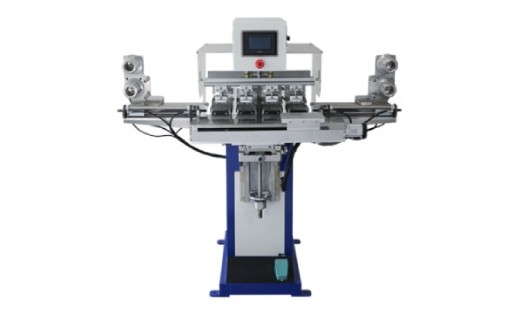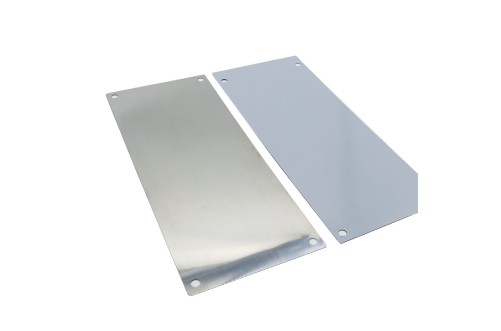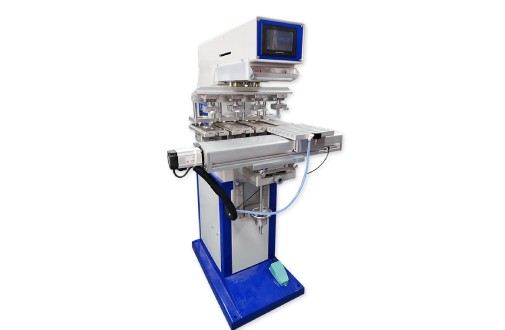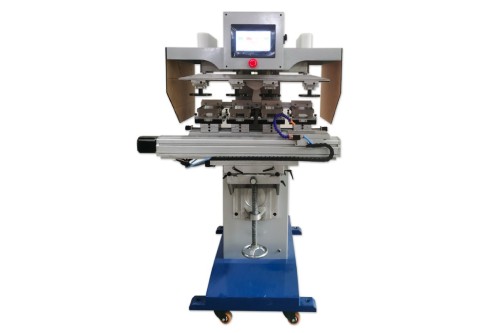Pad printing machine in the printing process deployment of ink is the basic technology, How to adjust the portion of ink and thinner, how to choose the ink based on different printing material, since these ink knowledge usually can be provided by the ink manufacturers, this opinion is for reference only.
To choose a suitable ink, need to understand below things :
- What kind of substrate to be printed.
- Whether the substrate needs pretreatment before printing;
- What kind of colors need to be printed; ink wear resistance, chemical resistance, weather resistance and other printing requirements;
- and the ink’s recommended drying or curing method. Once a suitable ink for the substrate has been selected, remember that the ink must be formulated in accordance with the methods recommended by the ink manufacturer. Many ink manufacturers provide an instruction manual with technical data on the catalysts, additives and solvents that the ink can be compatible with, as well as the correct ratios for ink blending. Many inks are blended by weight rather than volume, so it is good to weigh accurately with a digital instrument that has a weighing accuracy of at least 0.1g. If color matching is to be carried out, an instrument capable of weighing with an accuracy of 0.01g should be used, so as to avoid wastage of ink during the color matching test.

After correctly mixing the ink with the additives, it is a good time to lighten the ink consistency, either with a suitable solvent or a mixture of several solvents. Standard pad printing inks usually have a wide selection of suitable lighteners, including fast, medium and slow evaporating lighteners. Ink manufacturers generally have a range of values for the addition of lightening agents, which are usually added at a rate of 10 to 20% of the ink.
Deciding which lightener to use and how much to add is a guesswork for most people, which is actually incorrect. Before starting to print a batch of live parts, conduct a test of the lightening agent. First adjust the printing speed of the printing machine to the desired speed and adjust the pressure of the pad printing head until it appears to be in good condition. The test can then be carried out by adding a lightener with a medium evaporation rate at a rate in the middle of the recommended range.
For example, if the recommended range value is 10 to 20%, add 15% of the lightener. Make several test prints so that the etching intaglio plate is sufficiently wetted and the pad head is properly expanded, at least 12 test prints on the substrate, and adjust the pressure of the pad head if necessary. If the printed image has quality problems, you can use the following two steps to test.
Step 1: Take an image printed at normal printing speed and turn off the press. Check the image on the pad head and use a small mirror to look at the image under the pad head. Check that the image on the pad head is complete and that the image is correctly positioned. If there are no problems with the image on the pad head, continue to step 2. (Note: If parts of the image on the pad head are missing, or if the edges of the image look jagged, this is generally due to the ink being too thick. Add a quantity of washer fluid and repeat until an acceptable image can be obtained on the pad head; if it is found that the image position on the pad head is not where it should be, make adjustments to the pad head position).
Step 2: If there are no problems with the image on the pad head, proceed to transfer the image to the substrate at normal operating speed. If the quality of the print is OK, you can start formal printing production; if the image looks a little dirty, transparent, or fuzzy, as well as the ink is still attached to the pad printing head, it means that the ink is too thin. You can add a small amount of ink, you can also reduce the printing speed.
In the process of controlling the performance of the ink, it is important to note that the temperature and relative humidity on the performance of the ink is a great influence, the higher the temperature, the faster the solvent volatilization, the faster the ink becomes sticky. However, the relative humidity of the two (very high humidity and very low humidity) is not the case.
Relative humidity of two is the printer on the press to control ink performance when a very headache. Humidity over 80 ~ 85% will make the ink becomes sticky speed becomes very slow; and humidity below 15 ~ 20% will also make the ink becomes sticky speed is very slow. However, when the environment is at two, simply controlling the characteristics of the ink solvent does basically nothing to improve the viscosity of the ink.
At first, you may find it too time-consuming to collect and record this information. In fact, after a while you will realize that this method saves much more time than it takes to collect the data. And, having this form will make ink blending much easier.







